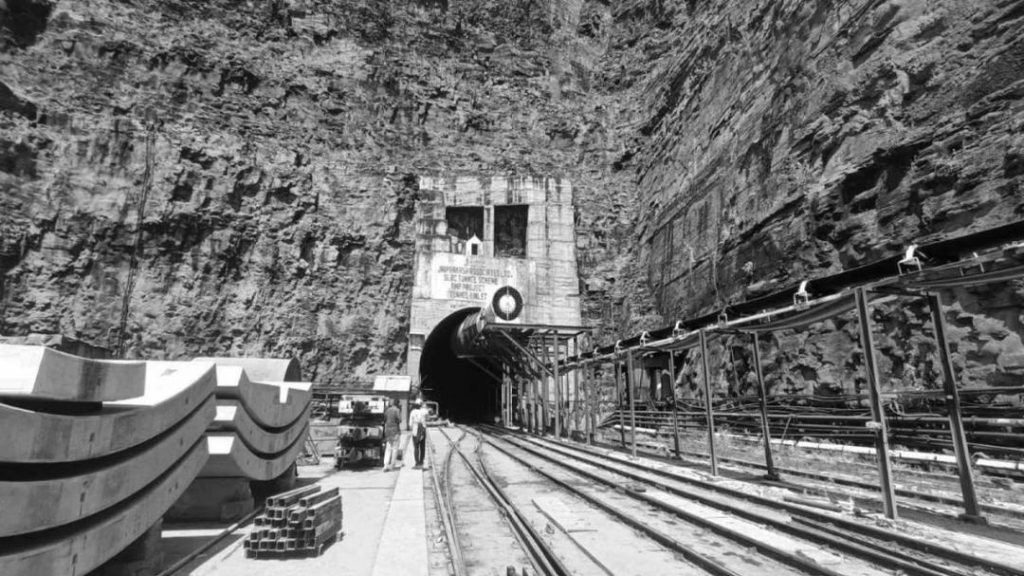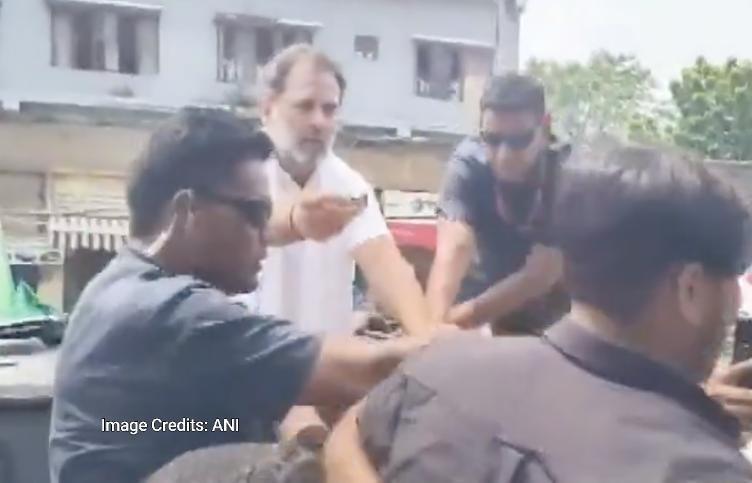
Tunnel Collapse: Rescuers Explore New Tactics to Reach Workers
In the aftermath of the devastating Srisailam tunnel collapse in Telangana, which trapped eight workers, including two engineers, rescuers are employing unconventional methods to reach the stranded individuals. The rescue efforts, led by the National Disaster Response Force (NDRF), Army, Navy, and rat miners, are facing numerous challenges, including rising slush and water levels, but hope remains as the operation continues.
The Srisailam tunnel, a vital infrastructure project, was under construction when the collapse occurred, causing widespread panic and despair. The incident has raised concerns about the safety and quality of construction work in the region. As the rescue efforts enter their second week, the situation remains precarious, and the authorities are working tirelessly to locate the trapped workers and bring them to safety.
Unconventional Methods in the Rescue Efforts
In the face of rising water levels and treacherous terrain, rescuers have had to think outside the box to reach the trapped workers. One innovative approach involves the use of tires and bamboo to create a makeshift path to the trapped individuals. The NDRF has been using this method to navigate the treacherous terrain and reach the workers.
Another unconventional tactic being employed is the use of thermocol pontoons, which are inflatable vessels designed to support the weight of rescuers and equipment. These pontoons are being used to transport personnel and supplies to the affected area, allowing rescuers to reach the trapped workers more efficiently.
Challenges and Concerns
The rescue efforts are facing numerous challenges, including rising slush and water levels, which are making it difficult for rescuers to reach the trapped workers. The situation is further complicated by the fact that the tunnel is filled with debris and toxic gases, posing a significant risk to the safety of the rescuers.
The authorities are also concerned about the psychological impact of the incident on the trapped workers and their families. The prolonged rescue operation has taken a toll on the emotional well-being of those involved, and the authorities are working to provide support and counseling services to affected families.
International Assistance and Support
In a heartwarming display of international solidarity, rescue teams from neighboring states and countries have arrived on the scene to offer their assistance. The Indian Navy has deployed its specialized rescue teams, including divers and technicians, to aid in the rescue efforts.
The International Association of Fire Fighters (IAFF) has also sent a team of experts to assist in the rescue operation. The IAFF team is providing specialized training and equipment to help rescuers navigate the treacherous terrain and reach the trapped workers.
Hope Remains
Despite the many challenges and setbacks, the rescue efforts continue, and hope remains that the trapped workers will be brought to safety soon. The authorities are working around the clock to locate the trapped individuals and bring them to safety, and the international community is rallying behind them.
As the rescue operation continues, it is clear that the Srisailam tunnel collapse has brought the world together in a shared desire to save human life. The bravery and determination of the rescuers, combined with the innovative methods being employed, offer a glimmer of hope that the trapped workers will be freed soon.
Source:






